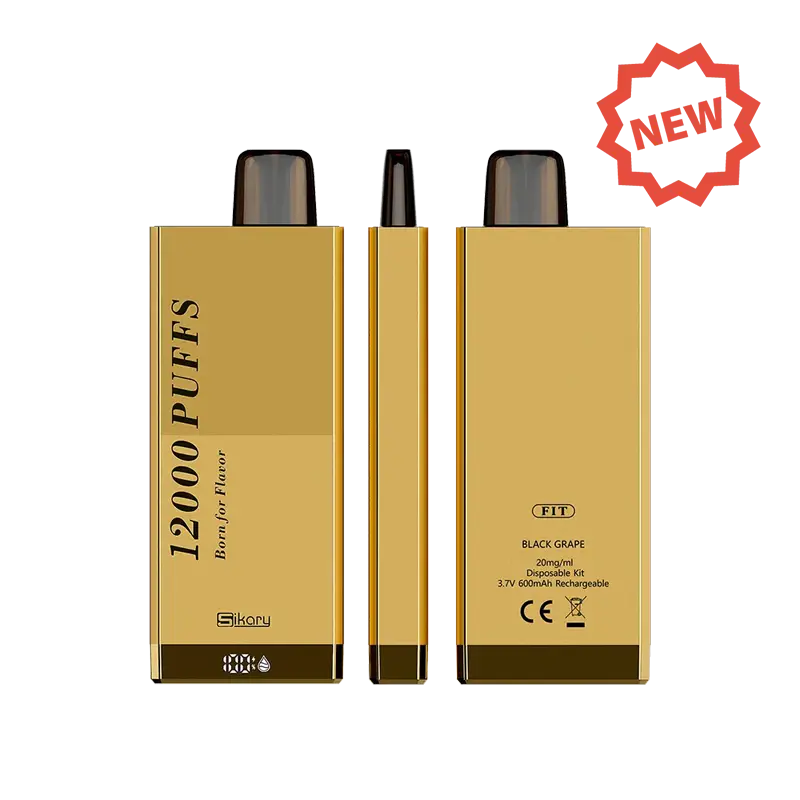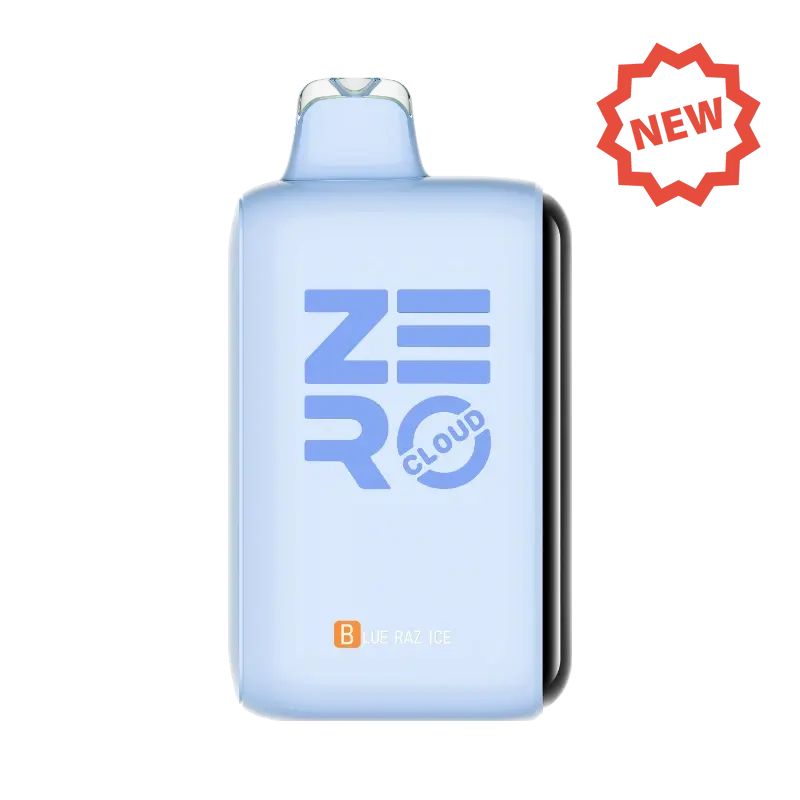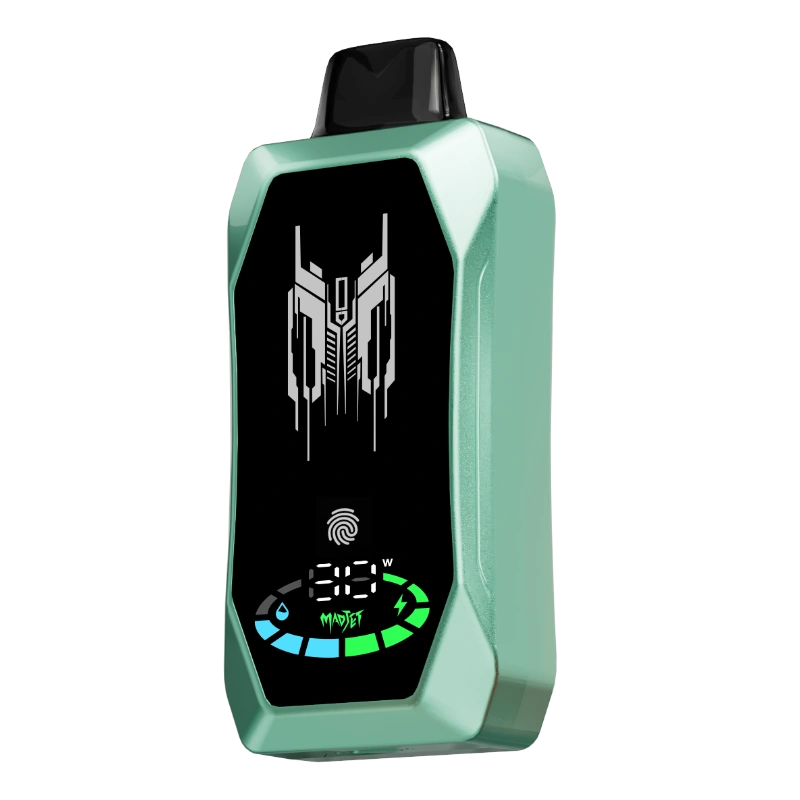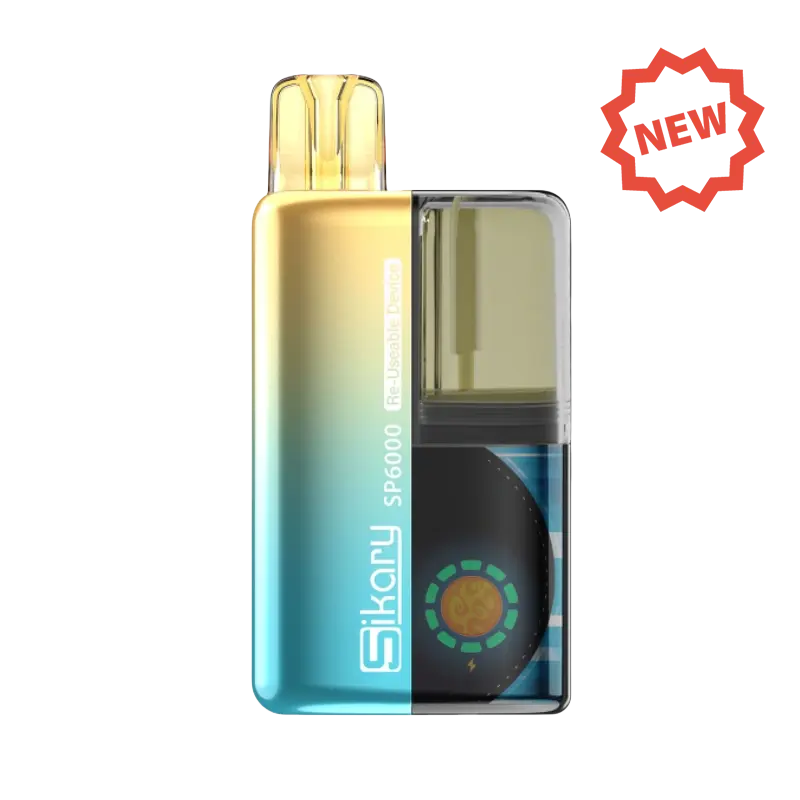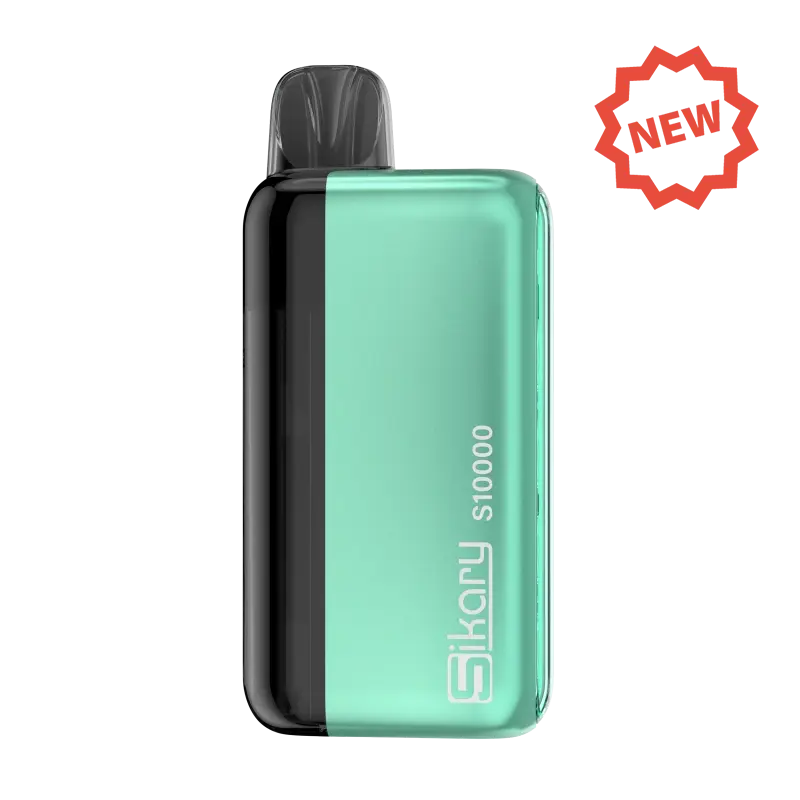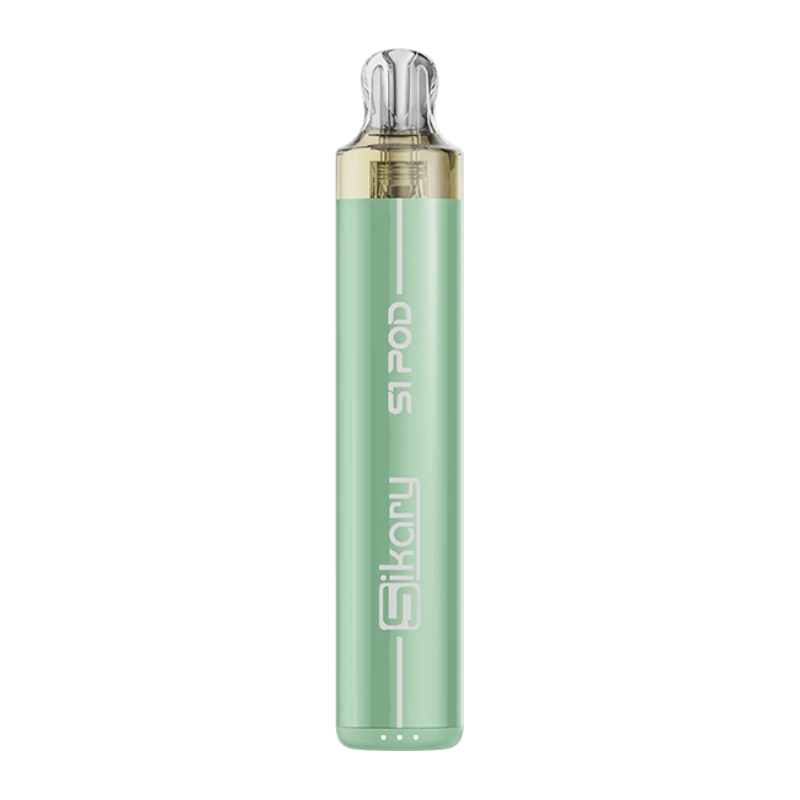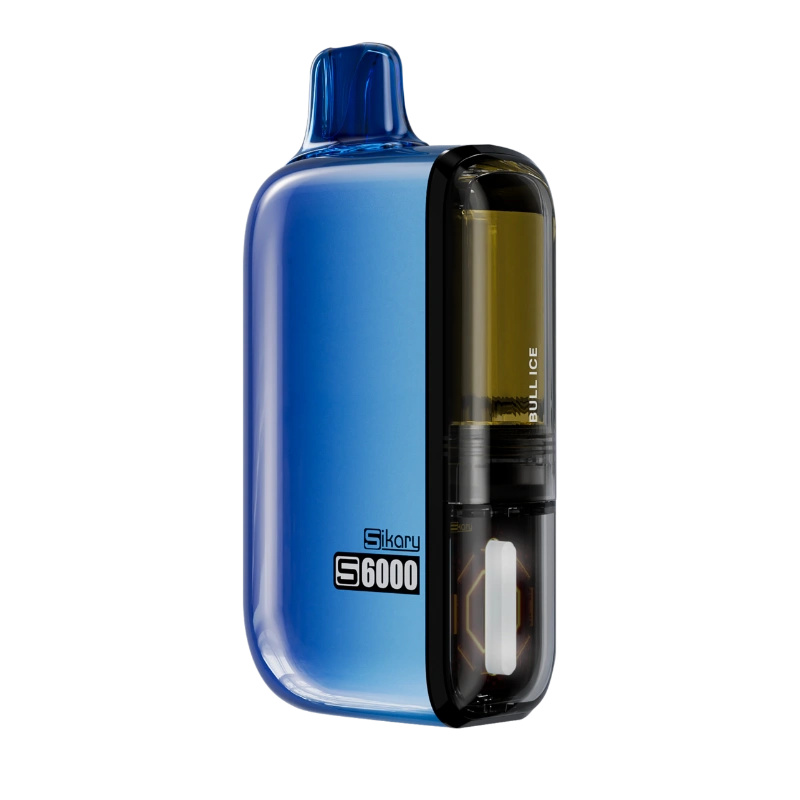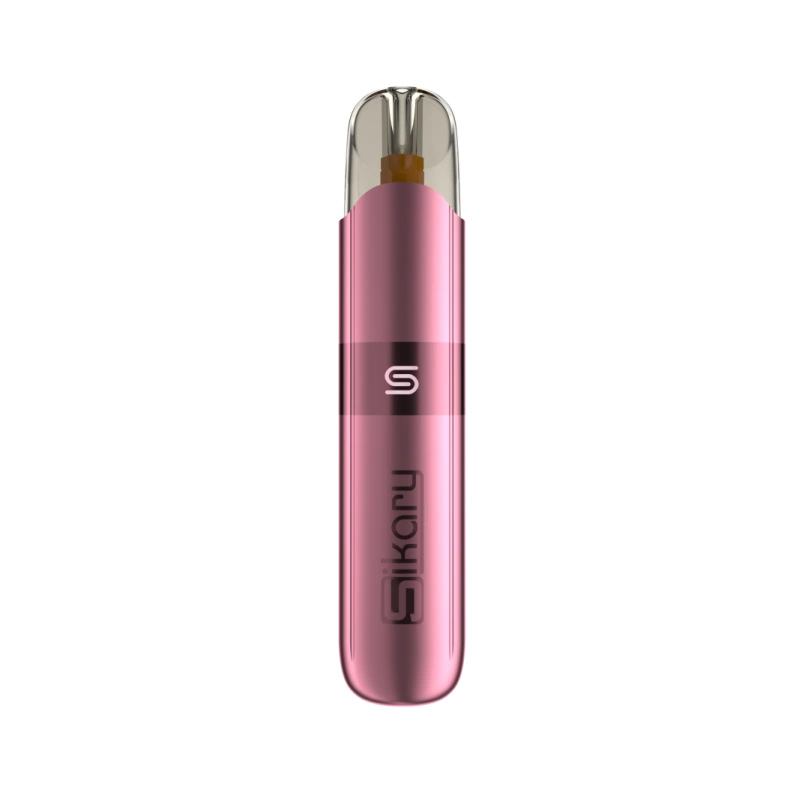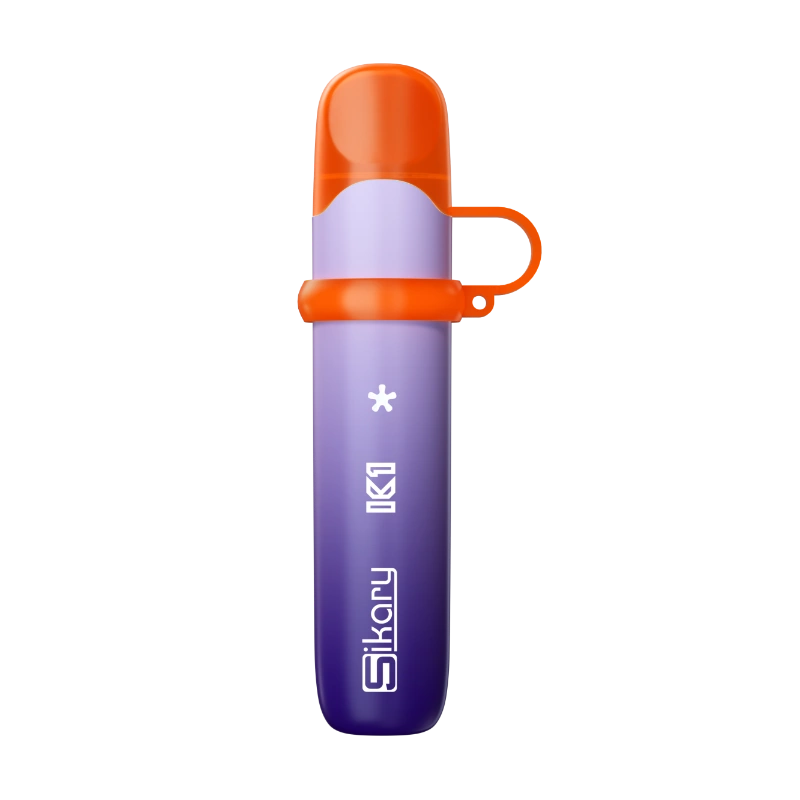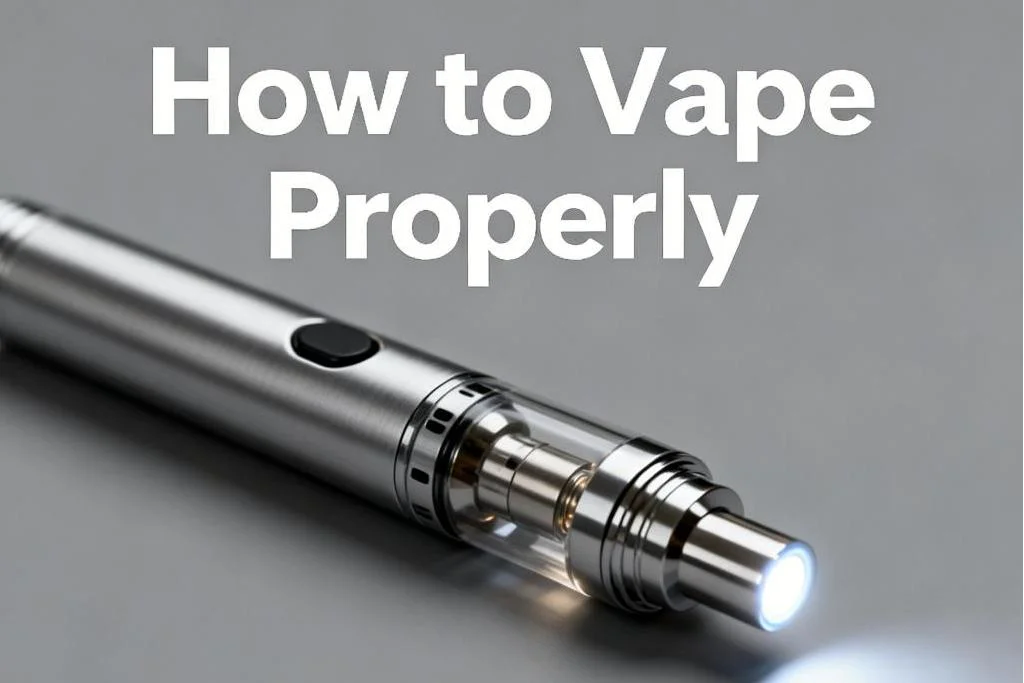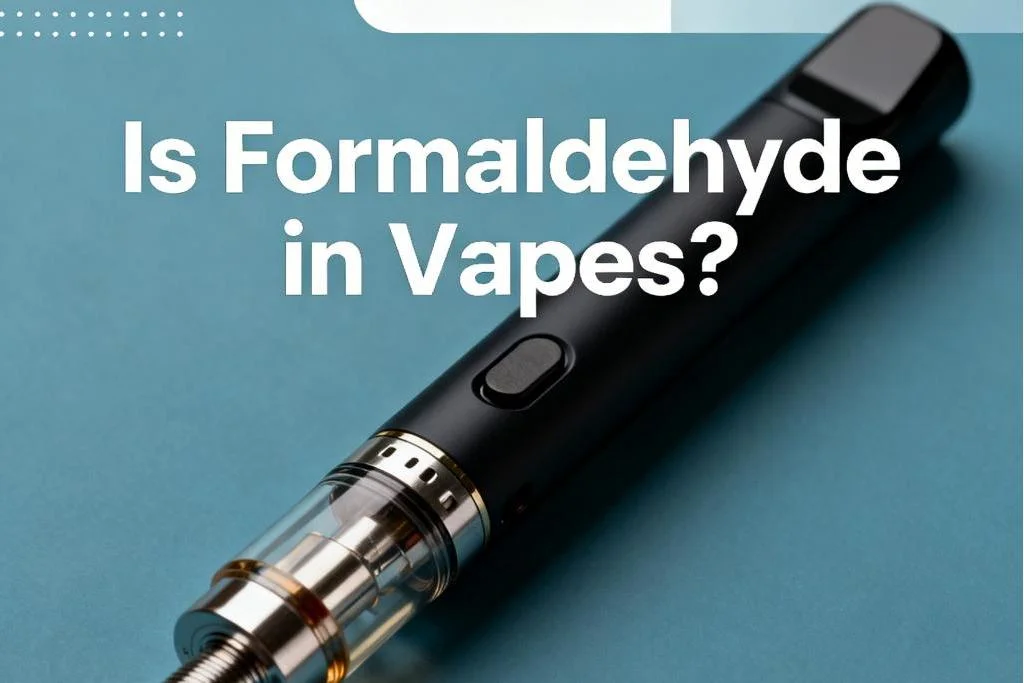Can You Travel With A Disposable Vape?
you can generally travel with a disposable vape, but there are important considerations:
- Air Travel: Most airlines allow disposable vapes in carry-on luggage, but you should check specific airline policies. Vapes are usually prohibited in checked baggage due to battery safety concerns.
- Battery Regulations: Ensure the device's battery complies with airline regulations. Lithium batteries should be under a certain watt-hour limit.
- Local Laws: Be aware of the vaping laws in your destination. Some places have restrictions or bans on vaping products.
- Packaging: Keep the vape in its original packaging, if possible, to avoid accidental activation.
- Quantity Limits: Some airlines may have limits on the number of vape devices or e-liquids you can bring.
Always check with your airline and local regulations before traveling.

What are the typical watt-hour limits for vape batteries on airlines?
The typical watt-hour (Wh) limit for vape batteries on airlines is usually 100 Wh for lithium-ion batteries. Here are some key points:
- Batteries Below 100 Wh: Most disposable vapes fall within this limit and are generally allowed in carry-on luggage.
- 100-160 Wh: Batteries in this range may be permitted, but often require airline approval and usually limited to a certain number of batteries.
- Above 160 Wh: Batteries over this limit are typically prohibited on passenger flights.
Always check with your specific airline for their policies, as regulations can vary.
How do I calculate the watt-hour rating of my vape battery?
To calculate the watt-hour (Wh) rating of your vape battery, use the following formula:
Watt-hours (Wh)=Voltage (V)×Amp-hours (Ah)\text{Watt-hours (Wh)} = \text{Voltage (V)} \times \text{Amp-hours (Ah)}Watt-hours (Wh)=Voltage (V)×Amp-hours (Ah)
Steps:
- Find the Voltage: This is usually marked on the battery (e.g., 3.7V).
- Find the Amp-hour Rating: Also marked on the battery (e.g., 2,000mAh or 2Ah).
Example Calculation:
- Voltage: 3.7V
- Amp-hours: 2,000mAh = 2Ah
- Wh=3.7V×2Ah=7.4Wh\text{Wh} = 3.7V \times 2Ah = 7.4WhWh=3.7V×2Ah=7.4Wh
This means the battery has a watt-hour rating of 7.4Wh.
What are the consequences of bringing an oversized vape battery on a flight?
Bringing an oversized vape battery on a flight can lead to several consequences:
- Confiscation: Security personnel may confiscate the battery at the airport if it exceeds the allowed watt-hour limit.
- Denial of Boarding: If the battery is discovered during security checks, you may be denied boarding or required to dispose of the item.
- Fines and Penalties: In some cases, attempting to bring prohibited items can result in fines or legal action.
- Flight Delays: Conflicts over prohibited items can cause delays in the security process.
- Safety Risks: Oversized batteries can pose safety hazards, leading to fire risks, which is why strict regulations exist.
To avoid these issues, always check your airline’s policies and ensure your vape battery complies with regulations before traveling.
Which airlines have the strictest rules regarding vape batteries?
Airlines with strict rules regarding vape batteries typically include:
- American Airlines: They have stringent policies on lithium batteries and often require them to be carried in the cabin.
- Delta Air Lines: Delta enforces strict guidelines on battery size and quantity, emphasizing safety.
- United Airlines: Similar to others, United has specific regulations regarding the watt-hour limits for batteries.
- British Airways: They also maintain strict rules concerning the transport of vaping devices and batteries.
- Qatar Airways: Known for their detailed policies, they often restrict larger batteries and require them to be carried in hand luggage.
It's essential to check with the specific airline before traveling, as policies can change and may vary by route.
What are the specific watt-hour limits for each airline?
Here are the watt-hour limits for vape batteries on some major airlines:
- American Airlines: Up to 100 Wh allowed in carry-on; 100-160 Wh may require approval.
- Delta Air Lines: Up to 100 Wh allowed in carry-on; 100-160 Wh may require airline approval.
- United Airlines: Up to 100 Wh allowed; 100-160 Wh may be permitted with restrictions.
- British Airways: Up to 100 Wh allowed in carry-on; larger batteries may require special handling.
- Qatar Airways: Up to 100 Wh allowed; 100-160 Wh may require airline approval.
Always verify with the airline directly, as policies can change and may vary by flight.
Are there any countries where disposable vapes are completely banned?
Yes, there are several countries where disposable vapes are completely banned or heavily restricted. Some of these include:
- Australia: Vaping products are regulated, and nicotine-containing e-liquids are generally banned without a prescription.
- Singapore: The sale and import of all e-cigarettes, including disposable vapes, are prohibited.
- Thailand: Vaping is illegal, with strict penalties for possession and use.
- Brazil: The sale of e-cigarettes and vaping products is banned.
- United Arab Emirates: While some vaping products are allowed, there are strict regulations, and certain devices may be banned.
Always check local laws before traveling, as regulations can change frequently.

